Members save 10% or more on over 100,000 hotels worldwide when you’re signed in
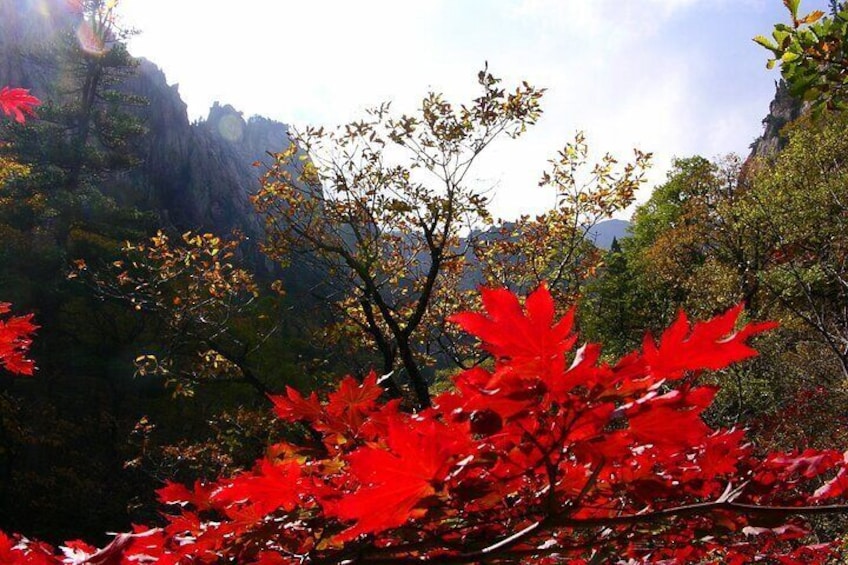
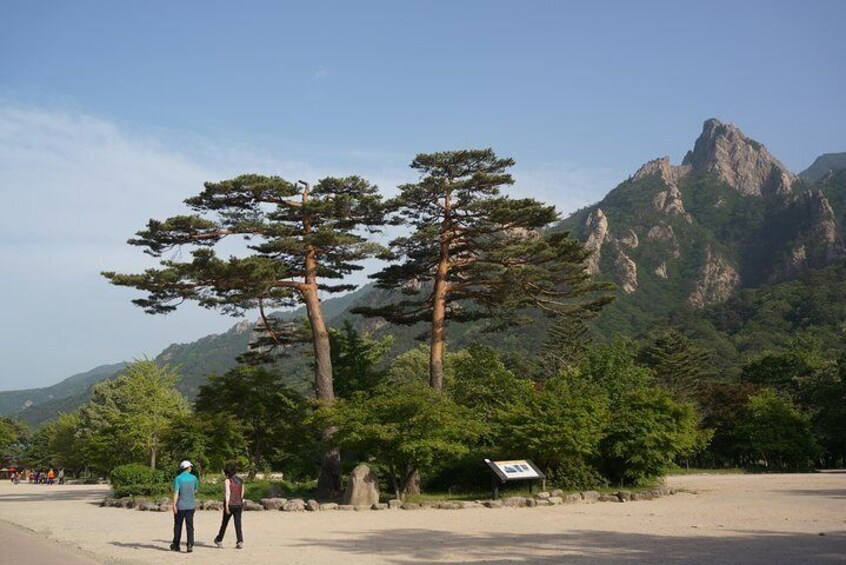
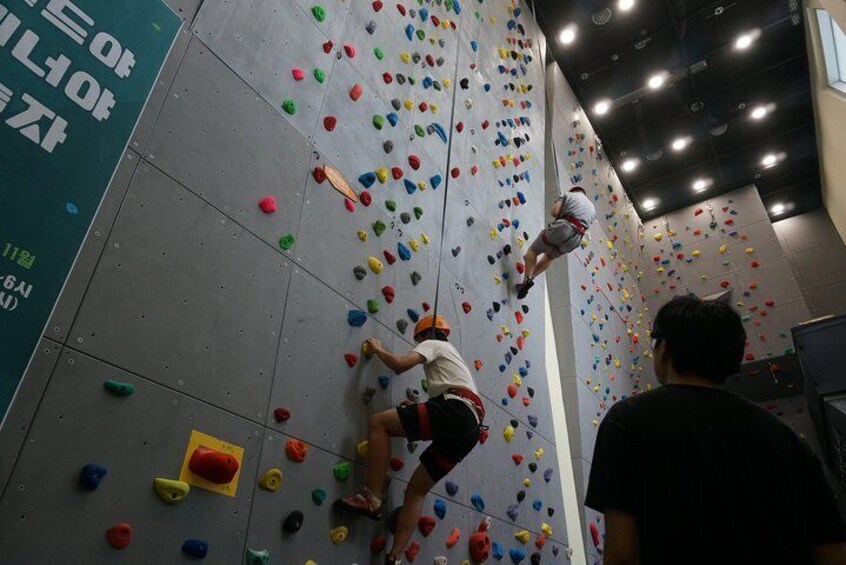
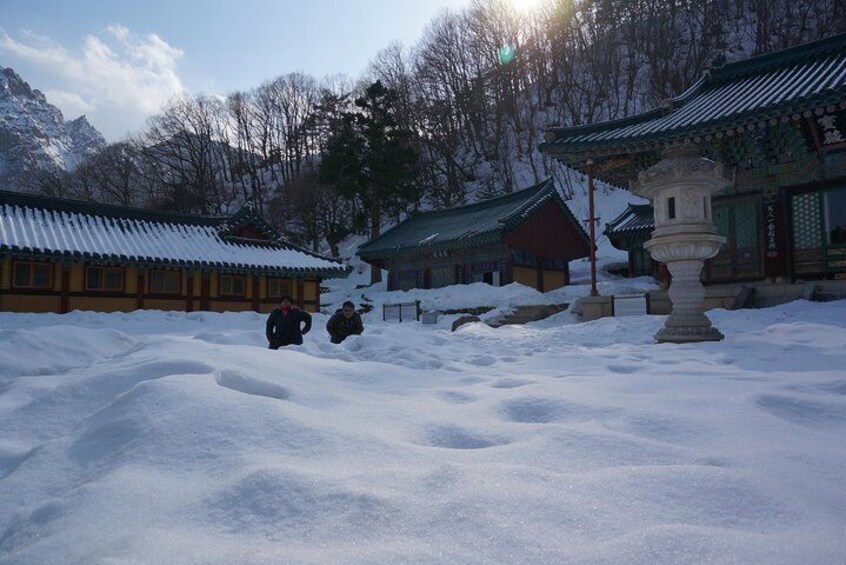
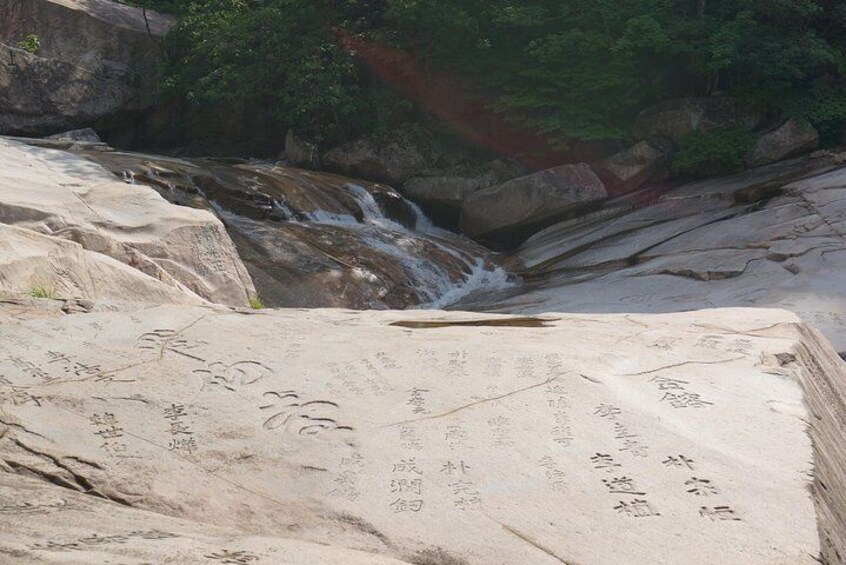
2-days: Mt Seorak, East Sea(Naksansa) & Nami or Ulsanbawi Hiking
Features
- Free cancellation available
- 2d
- Mobile voucher
- Instant confirmation
- Selective hotel pickup
- Multiple languages
Overview
● Tourist will be picked up and sent at a hotel in Seoul or nearby Seoul
● Can enjoy all of freedom as a private tour for only one group
● Can listen all of the useful information such as politics, religions, society, culture and nature of Korea while travelling from full of knowledgeable driving guide
● Visit Nami Island, the most popular tourist spot in Korea
● A tour with all admission fees, including Buddhist temple and the beautiful scenery Harbour of East coast
● Visit the Beautiful 1300-year-old historical temple called Naksansa on the east coast of Korea
● Tourist can hike Ulsanbawi Rock in Seoraksan instead of going Naksansa and Nami Island
1~ 2 member use 1 room
3~4 member use 2 rooms
5~6 member use 3 rooms
7 member use 4 rooms
※ As a full of private and customised tour, The Itinerary and Menu can be changed at any time by customer’s request
Activity location
- National Mountain Museum
- 3054, Misiryeong-ro
- 24859, Sokcho, Gangwon-do, South Korea
Meeting/Redemption Point
- National Mountain Museum
- 3054, Misiryeong-ro
- 24859, Sokcho, Gangwon-do, South Korea
Check availability
Private Group Tour
- 2d
- English
Tourist can make their own : Tourist can make their own tour itinerary
Pickup included
2-days: Mt Seorak, East Sea(Naksansa) & Nami or Ulsanbawi Hiking
- 2d
- English
Pickup included
What's included, what's not
- Entrance fees
- Air-conditioned vehicle
- Breakfast
- All Fees and Taxes
- Accommodation
- Personal food and water
- Cable car ticket
Know before you book
- Wheelchair accessible
- Infants and small children can ride in a pram or stroller
- Service animals allowed
- Transport options are wheelchair accessible
- All areas and surfaces are wheelchair accessible
- Suitable for all physical fitness levels
Activity itinerary
Day 1: Korean Mountain Museum → Lunch → Dongmyeong Harbour → Seoraksan Sinheungsa Temple → Cable car
- 4 stops
- Meals: Not included
- Accommodation: Overnight at clean and good quality of Motel in Sokcho city
National Mountain Museum
- 2h
- Admission ticket included
Dongmyeong Port
- 2h
- Admission ticket included
Sinheungsa Temple
- 1h
- Admission ticket included
Seoraksan Cable Car
- 1h
- Admission ticket included
Day 2: Naksansa Buddhist Temple → Nami Island "or" Ulsanbawi Rock Hiking in Seoraksan
- 3 stops
- Meals: breakfast
- Accommodation: Not included
Naksansa Temple
- 1h 30m
- Admission ticket included
Nami Island
- 3h
- Admission ticket included
Ulsanbawi Rock
- 4h
- Admission ticket included
Location
Activity location
- National Mountain Museum
- 3054, Misiryeong-ro
- 24859, Sokcho, Gangwon-do, South Korea
Meeting/Redemption Point
- National Mountain Museum
- 3054, Misiryeong-ro
- 24859, Sokcho, Gangwon-do, South Korea